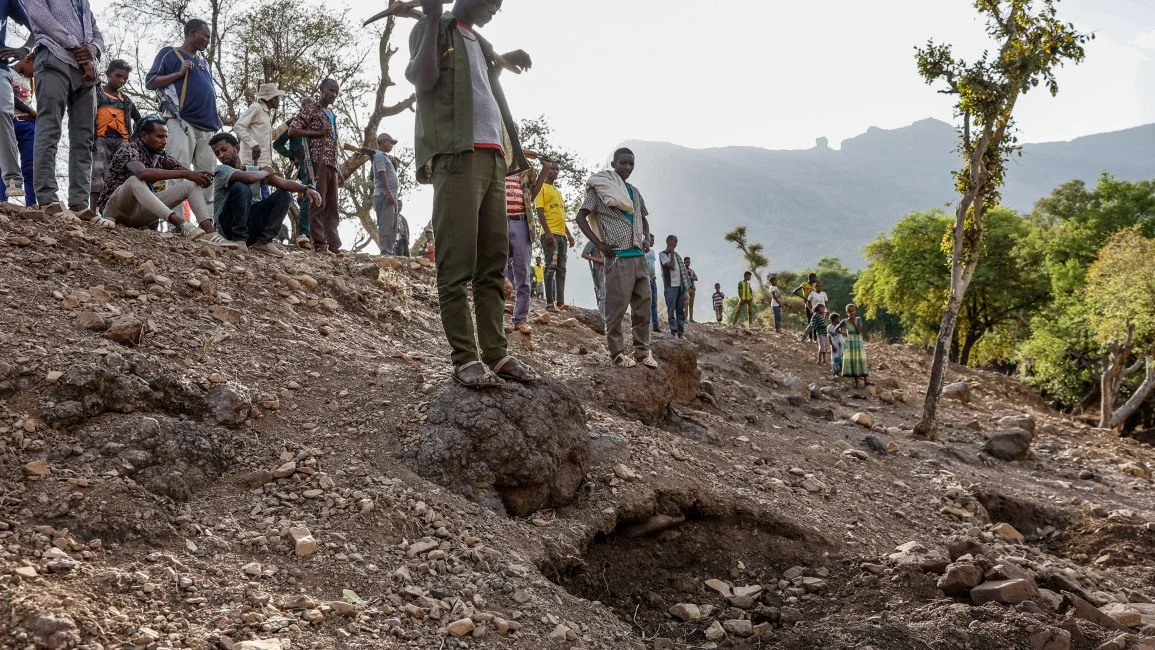Ethiopia’s return to war: Is there a truce on the horizon?
After a five-month humanitarian truce, Ethiopia erupted into renewed fighting between government forces and the Tigray People's Liberation Front last month, but the international community's priorities remain elsewhere.
Originally printed by The New Arab: Abdolgader Mohamed Ali | 15 September 2022
For the third week in a row, military confrontations between Ethiopian government forces and the Tigray People’s Liberation Front (TPLF) have continued unabated, ending a five-month humanitarian truce and opening a new chapter in the conflict.
Battles between the warring parties in northern Ethiopia have seen the intensification of violent clashes on several fronts, accompanied by indifference to the various calls for an immediate cessation of hostilities.
On 5 September, the US special envoy for the Horn of Africa, Mike Hammer, arrived in Ethiopia to persuade the parties to cease fire and return to the negotiating process.
On Wednesday, ten people were killed in the second day of airstrikes on the Tigray region.
The air raids came following a statement on Sunday by Tigrayan authorities that they were ready for talks led by the African Union (AU).
“The return to war again between the two sides was due to a lack of confidence, and betting on strength to enhance negotiating positions”
The new confrontations come at a time when the Ethiopian public and the international community were awaiting a round of negotiations between the two sides through the efforts of the African Union envoy.
"The return to war again between the two sides was due to a lack of confidence, and betting on strength to enhance negotiating positions," explained Abbas Muhammad Salih, a political analyst specialising in African affairs, to The New Arab, attributing the motivation for recent battles to the obstruction of the negotiating horizon.
"The African mediation process created a void” that the fighting parties exploited, he added.
Following the first instance of renewed fighting on 23 August, the two sides exchanged accusations of violating the humanitarian truce. The TPLF demanded that the federal government restore basic services to the region, which is suffering a humanitarian catastrophe and is on the brink of a disastrous famine, but the government of Ethiopian Prime Minister Abiy Ahmed is worried that aid would be diverted to support the TPLF’s war machine.
The mediation of the African Union led by former Nigerian President Olusegun Obasanjo represented another point of contention between the two sides. Addis Ababa has adhered to the process in the application of the "African solutions for African problems" principle, while the Tigray regional government rejects the continuation of this mediation, asserting that the AU mediation "cannot deliver peace to Tigray”.
Regarding the factors behind the ongoing escalation between the two parties, Muhammad Salih explains that they are related to “the conflict’s complex nature, in which the local overlaps with the national and the regional, which makes it difficult for the local parties to agree on consensual solutions”.
In addition to the Ethiopian government and TPLF, forces from the Amhara and Afar regions are involved in the third round of this war, while Washington has condemned military interventions from neighbouring Eritrea in support of its ally Abiy Ahmed.
A man stands above a partially excavated mass grave with the remains of individuals murdered by the TPLF in the town of Adi Selam on 7 April 2022 in Welkait, Ethiopia. [Getty]
Despite the scarcity of detailed information on field developments, reports speak of violent clashes in a number of regions in northern Ethiopia, which threaten to cause heavy casualties among fighters and civilians.
"All belligerents have utilised the five-month lull in fighting to recruit and train new troops," Professor Kjetil Tronvoll, the vice-rector for research at Oslo New University College and director of Oslo Analytica, told The New Arab.
"The Ethiopian government has also undertaken an arms purchase frenzy to restock their supplies,” Tronvoll, who specialises in the Horn of Africa, explained. "As it appears in the first round of offensives considering the battlefield's gains and losses, the Tigray army is better trained and motivated than the Ethiopian National Defence Forces (ENDF)."
“Contrary to previous rounds of the Ethiopian war, the international community’s reaction this time has seemed slow, and for a long time it was content with statements calling on both sides to stop the escalation”
For his part, Mohamed Saleh asserts that “the two sides have strengths and weaknesses,” explaining that “the federal government can stick to its positions, mobilise for a longer period, and tighten the siege on the Tigray region”.
However, in doing so, he believes that “the government's weakness is losing the war on the ground and in the media in favour of the other party", which weakens its position.
"The strengths of Tigray are that they are cohesive at all levels within the region towards what they see as an existential threat, and they also envision a military strategy that allows them to adapt to all military pressures, whatever their levels, and thus the ability to withstand in the short term," Muhammad Salih continued.
Slow response from the international community
Contrary to previous rounds of the Ethiopian war, the international community’s reaction this time has seemed slow, and for a long time it was content with statements calling on both sides to stop the escalation.
With the news of the extensive Eritrean intervention, Washington announced that it would be sending its envoy to the Horn of Africa, Mike Hammer, on a tour to the region between the 4th and the 15th of September.

